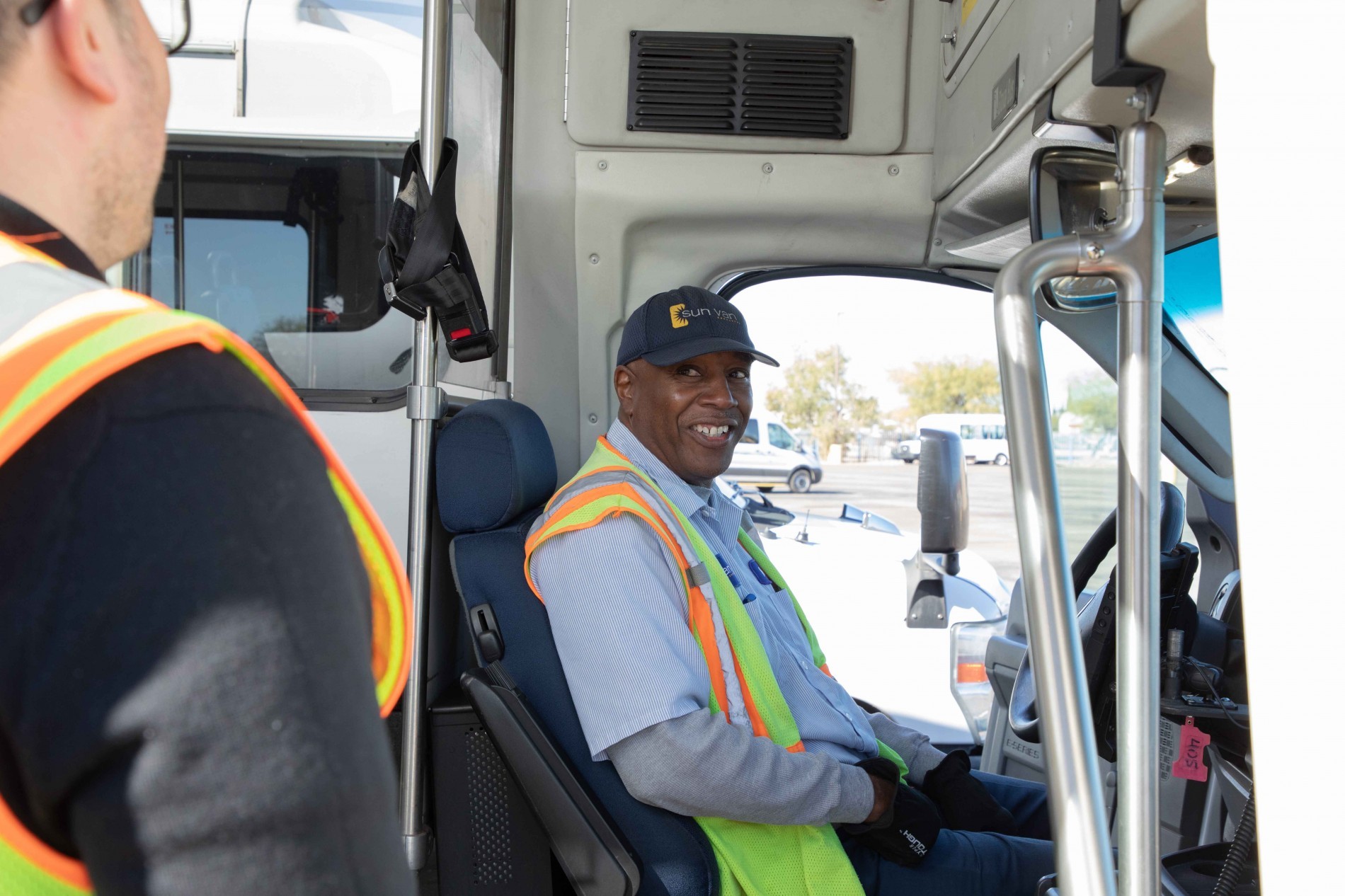The essence of providing a great service (of any kind) boils down to understanding what the consumer wants and providing it consistently and at a fair price – What could be more American? It’s a bit surprising then that sometimes we think we know what riders actually want – and yet we’re off the mark.
The industry’s commitment has never been greater. On-board sensors, proximity data, business intelligence and connecting the last mile are at the center of the conversation in most urban agencies. Investment isn’t the issue (mostly), either: billions have been poured into new projects, such as Colorado’s A-Line, the Dulles extension in Washington, D.C., New York’s Second Avenue Line and L.A.’s new LRT.
No, the problem isn’t what we’re doing, per se. It’s that we’re doing it from the position of seeing public transit as a sort of social welfare – a safety net for those clinging to the bottom rungs of the socio-economic ladder. This old and wholly skewed view of public transit is central to understanding why the services US agencies deliver are often misaligned with what riders actually want.
What a Rider Wants, What a Rider Needs
Public transit riders all around the world want the same things: more frequent service, faster trips, and easy access to services (often called “walkability,” though the ability to self-service the first and last mile may be a better modern interpretation).
Frequency
If you have your own car or bike, it’s ready whenever you are. If you rely on public transit, the bus comes when the bus comes. So, if the frequency of public transit is high, the rider gets a comparable sense of freedom to those who travel by private means. Frequency offers riders other hard and soft benefits, as well, including shorter wait times, easier connections and a buffer against service interruptions caused by breakdowns.
Speed
A recent survey by TransitCenter found that speed, specifically how long it takes to get from A to B, is the most important thing to transit riders. It’s worth mentioning that nice to haves, including WiFi, ranked dead last among rider wants in the same survey – bad news for agencies that have spent upwards of $3,000 per bus to provide WiFi. Nick Skillicorn of IdeatoValue.com summed it up nicely in his July 2016 blog post:
“What is happening here is a classic example of company leaders not seeing the difference between improving technology and improving the core value proposition . . . true innovation comes from understanding what really drives the value of your offering from your customer’s perspective, and doing things which improve that first.”
Walkability
A public transit system that riders can walk to is essential in order to get people to use it. The TransitCenter survey finds this is true whether the rider is an occasional transit user (“I’m going to have a couple drinks at the game tonight; better play it safe and take the train in and out of town”), regular commuters (“Just get me back and forth to work/school five days a week”), or lifestyle transit riders – the critical segment for agencies to identify and build services around.
It’s worth reiterating that these wants are pretty much universal; it doesn’t matter if the rider is in Tulsa or Toronto, London or Los Angeles. Agencies in Canada, the United Kingdom, and throughout Europe seem to have grasped these truths. So what’s different here at home?
The answer may have something to do with the fact that, in America, public transit is viewed less as a public service and more as a social safety net.
How This Happened
The tipping point to the modern American approach to public transit came in the 1950s. Fueled by rapid growth, cities expanded outwards to form distant suburbs. Other brand new cities popped up that didn’t follow traditional grid layouts for city streets. At the same time, many of these burgeoning cities, which could not possibly foresee the modern metropolis they would grow into, responded to the failure of several private bus and transit companies by taking over services in fixed municipal areas (General Motors got into the game, as well, snapping up 46 U.S. transit networks).
Some of the biggest and oldest cities, such as San Francisco, which were designed well before the advent of the automobile, did away with their existing public transit entirely to service the rush to the suburbs.
At the same period in time, our agency counterparts’ neighbors in Canada and Europe were facing the same issues, but their responses were very different. In Canada, cities invested in better bus service and more light rail to shuttle commuters back and forth to the suburbs. In Europe, cities preserved existing transit lines while simultaneously adding new services.
Back in the USA, time, rampant competition for state and federal funds, and a lingering perception of public transit as one more social welfare project in a tight economic climate, put politicians and bureaucrats at the controls.
The net effect? If you’re a transit rider who lives in a state capital, odds are you have decent service. If you live in an area that lacks a representative voice at the highest levels, odds are you’re not raving about the speed, frequency, or ease of access you have to transit. This, in turn, has led to the host of socio-economic issues we now know are associated with insufficient public transit. VOX hit the nail on the head in their excellent August 2015 article, The Real Reason American Public Transportation is Such a Disaster:
“Outside of a handful of cities like New York and DC, that mentality has remained in place. Nowadays, many local politicians don't see transit as a vital transportation function — instead, they think of it as a government aid program to help poor people who lack cars . . . This is one of the root reasons why so many US cities' bus and rail systems — even the ones that have relatively extensive networks and many stops — have limited operating hours and frequency."
And there we come full circle.
Conclusion
Riders – in America and everywhere else – have made it quite clear that what they want from public transit is frequency of service, quick trips, and a short walk to a bus stop.
A lot of agencies have gotten the message riders are sending and are recreating themselves to focus from the passenger out. They’re borrowing the best of what our counterparts around the world are doing and adding our own, uniquely American twists. Very importantly, a new age and breed of agency managers, planners and controllers are emerging who look and act a lot more like our ridership than we of the older guard.
They don’t see transit as a welfare solution – Uncle Sam sparing a dime for the poor unfortunates who can’t afford (or maybe just don’t want) a car. The new vision (an old one in many other parts of the world) is of transit as a public utility. Everyone is entitled to the service and failure to provide it properly should draw the same reaction as not providing the public with clean water, or electricity.
That perspective and the willingness to listen to and respond to what riders are telling will be key for US agencies to create the kinds of future transit services that riders actually want.
Vicky Abihsira is the Director, Integrated Marketing at Trapeze Group where she owns the product marketing strategy and integrated marketing strategy including all our marketing channels such as web, blog, podcast, email, social, and PR.
Originally from Toronto, she now lives in Miami with her husband and two kids.
 Bus
Bus Rail
Rail Paratransit
Paratransit


